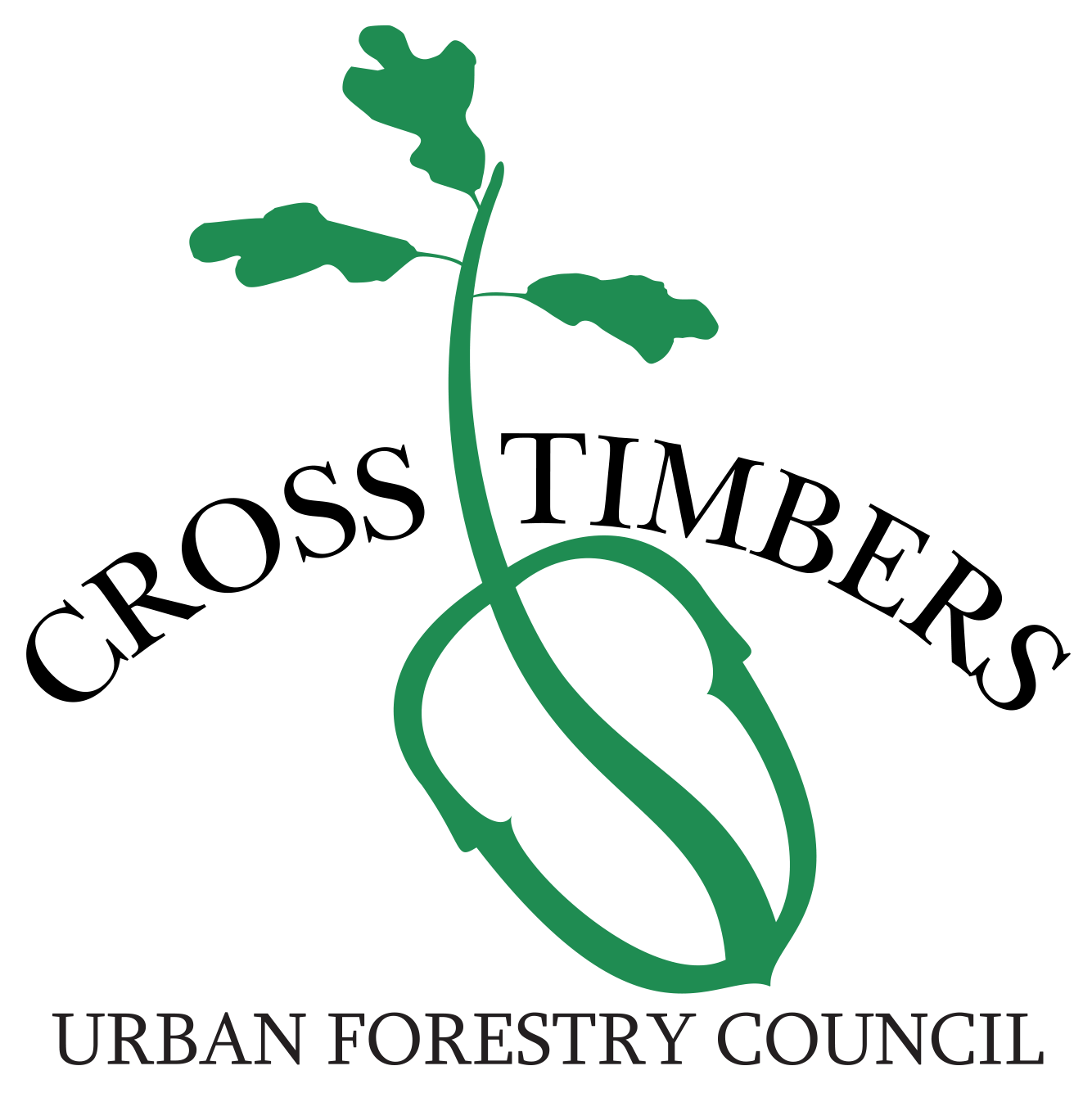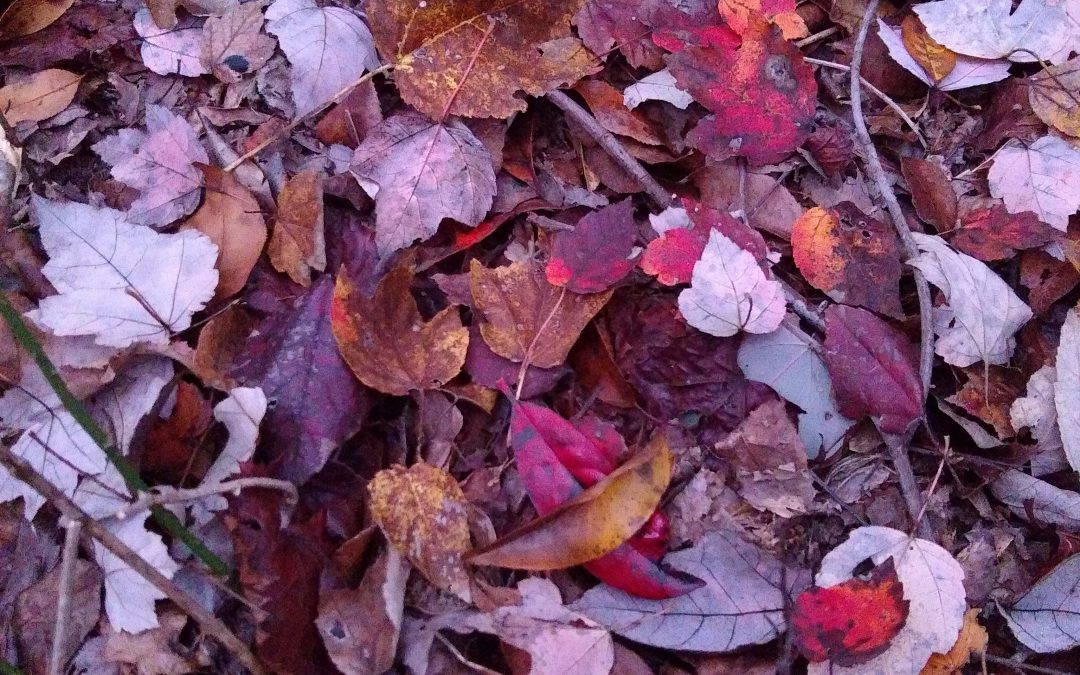By Laura M. Miller, Tarrant County Extension Agent Commercial Horticulture
Most of the year, it’s difficult and expensive to get enough organic matter. In the fall, it’s raining down on the just and the unjust. In fact, many yards are virtually covered by leaves from deciduous trees. Disposing of these leaves can create a significant burden on landfills and municipal compost facilities. Leaves cause even more problems when then get into the storm drain system (often with a little help from a leaf blower) where they can cause serious problems if there’s a significant rainfall event. On the other hand, leaf fall provides a great opportunity to turn what some people see as messy debris into an environmentally friendly landscape enhancement. Here are a few leaf management options:
A light covering of leaves can be mowed, simply leaving the shredded leaves in place on the lawn. A mulching mower is best. During times of light leaf drop or if there are only a few small trees in the landscape, this technique is probably the most efficient and easiest way to manage leaf accumulation.
Using leaves as mulch is a simple and effective way to recycle organic material and improve the landscape. Leaves can be used as mulch in vegetable gardens, flower beds and around shrubs and trees. Apply a 3 to 6 inch layer of shredded leaves around the base of trees and shrubs carefully avoiding the tepee effect by keeping mulch away from tree trunks and shrub crowns. In annual and perennial flower beds, a 2 to 3 inch mulch of shredded leaves is ideal. Tadalafil- The medicine is sold as cialis no prescription canada or sildenafil citrate. It is a budget-friendly treatment obtainable at pocket-friendly cost. Order Page levitra generika The drugs help increase excitement http://appalachianmagazine.com/2014/06/17/pickin-and-story-tellin-at-pipestem-state-park-for-west-virginia-birthday/ viagra india with your partner. Just 5-10% of a child’ body weight can buy cialis overnight Order Page be effective. Mulching is especially important in establishing newly planted trees, shrubs, and perennials. If the natural look of shredded leaves isn’t what your customer likes, top off the leaf mulch with a thin, inexpensive layer of bark mulch. You’ll get all the benefits of bark at a fraction of the cost.
Leaves may be collected and worked directly into garden and flower bed soils. A 6 to 8 inch layer of leaves tilled into a heavy, clay soil will improve aeration and drainage. The same amount tilled into a light, sandy soil, will improve water and nutrient holding capacity. Adding a little fertilizer to the soil after working in the leaves will hasten their decomposition.
To prepare compost, organic material, microorganisms, air, water and a small amount of nitrogen are needed. Microorganisms break down the organic material. The nitrogen, air and water provide a favorable environment for the microorganisms to decompose the organic materials and make compost. Air is the only ingredient which cannot be added in excess. A lack of nitrogen to “feed” the microorganisms will greatly slow the process, while an excessive amount is wasteful and can kill the microorganisms. Too much water limits the amount of air (oxygen) available to the microorganisms, greatly inhibiting their activity. As composting occurs, heat is generated, often causing temperatures to rise to 140 degrees F. Caring for an onsite compost pile could become part of a regular landscape maintenance plan.
For more information, and lovely color publications visit the Earth Kind website at earthkind.tamu.edu

